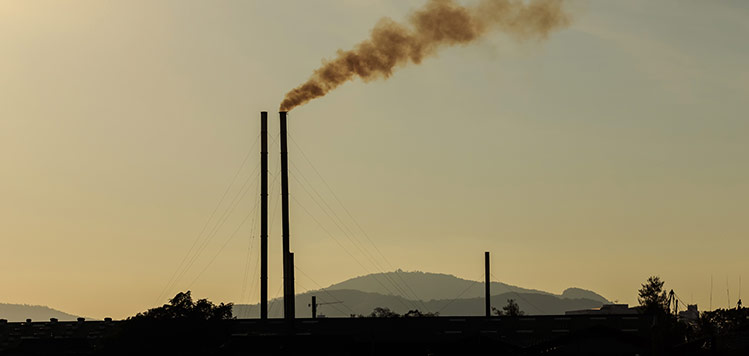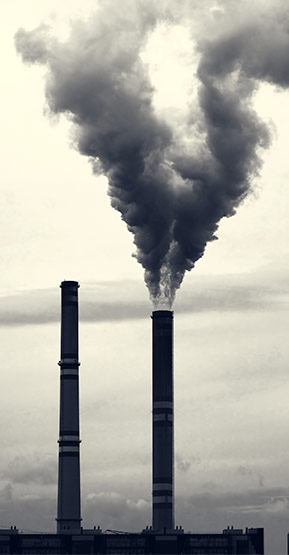
A Brief History of the Environmental Protection Agency
The Environmental Protection Agency (EPA) was established in 1970 as a governmental division solely in charge of monitoring the state of our environment as well as enforcing regulations to prevent further damage. The agency has a dense history, but below we have outlined the major accomplishments for you.
1969 – The Cuyahoga River caught fire due to the excessive pollution in the water, disastrously bringing attention to the side effects of water pollution. This event led to the Clean Water Act and the Great Lakes Water Quality Agreement.
1969 – The Cuyahoga River caught fire due to the excessive pollution in the water, disastrously bringing attention to the side effects of water pollution. This event led to the Clean Water Act and the Great Lakes Water Quality Agreement.
December 2nd, 1970 – The EPA is officially formed to protect the air, water, and land.

1970-1973 – The EPA took control of air pollution with the Clean Air Act (1970), which “prevented more than 200,000 premature deaths by significantly reducing the presence of lead, sulfur dioxide and other harmful pollutants in the air.”* They also combatted the spread of DDT (a pesticide with many negative side effects on humans) with the Federal Environmental Pesticides Control Act (1972).
April 22nd, 1970 – The first Earth Day is celebrated by twenty million people! These people proved to political leaders that there was a strong following for the environmental movement.
December 16th, 1974 – The Safe Drinking Water Act was passed. The act placed the EPA in charge of regulating public drinking water; thus, diminishing the pollutants injected in water sources.
September 30th, 1976 – The Resource Conservation and Recovery Act (RCRA) is passed. This required the EPA to regulate hazardous waste from creation to disposal. It’s important to make sure you are properly disposing of your company’s hazardous waste to avoid fees and polluting the environment. You can find more information on our Hazardous Waste page.
December 11, 1980 – The Comprehensive Environmental Response, Compensation, and Liability Act (the Superfund Act) was passed which allowed the EPA “to identify parties responsible for contamination of sites and compel the parties to clean up the sites.”*
September 1987 – The Medical Waste Tracking Act was passed to keep health hazards, such as medical chemicals and supplies, from being disposed improperly, after beaches in New York and New Jersey were closed due to waste washed up on the beach.

November 21, 1988 – The EPA bans any company from dumping sewage sludge or other waste into the ocean.
November 16, 1990 – The EPA implements education on conserving the environment for students and teachers and encourage students to pursue careers related to it.
December 21, 1999 – A new standard of emissions is released, requiring vehicle emissions to be 75 to 90 percent cleaner.
May 23rd, 2001 – A global treaty is signed on the Persistent Organic Pollutants (POPs) as well as 90 other nations. This prevented other nations from using toxic chemicals as well, which can still affect Americans and people all over the world no matter where it was introduced into the environment.
June 25th, 2013 – A new comprehensive plan for climate change is announced with the intention of cutting carbon pollution and helping us prepare for the effects of climate change.

The main motivation for maintaining an environmentally-conscious business should be for the good of our planet, but ignoring the laws could lead to major fines or worse consequences. To avoid these, you need to make sure your business is following all EPA regulations.
We know EPA regulations inside and out so you don’t have to!
If you have any questions or are interested in any of the services we offer, such as hazardous waste management or air quality compliance, you can view our process and fill out a contact form by clicking the button below or you can call us directly at 877-266-1438.


